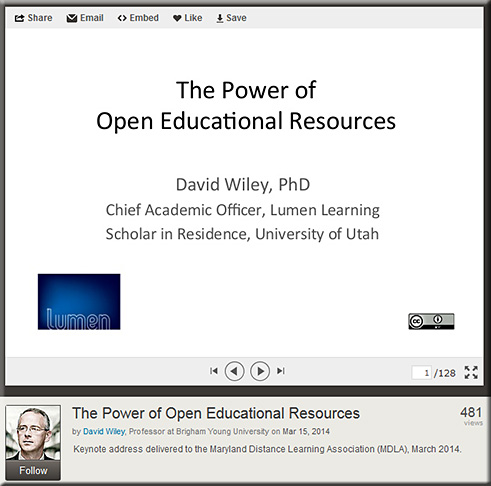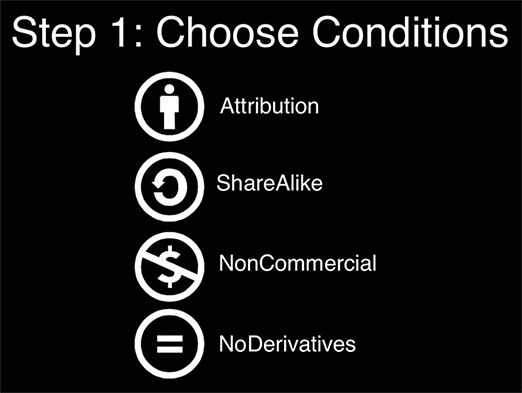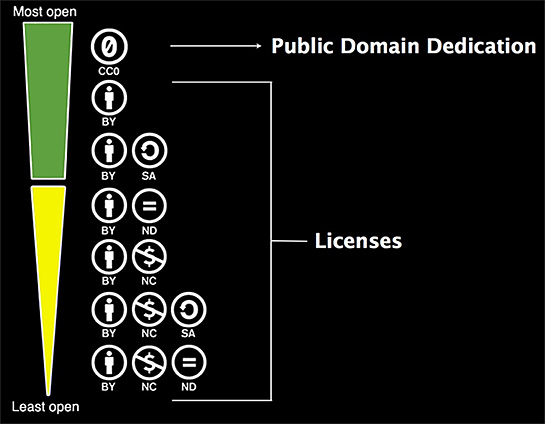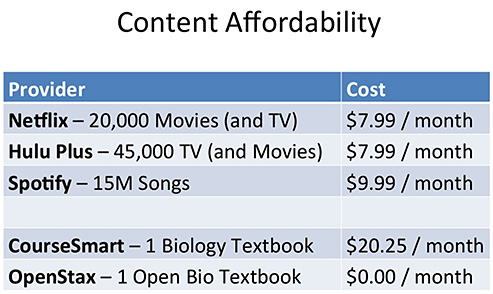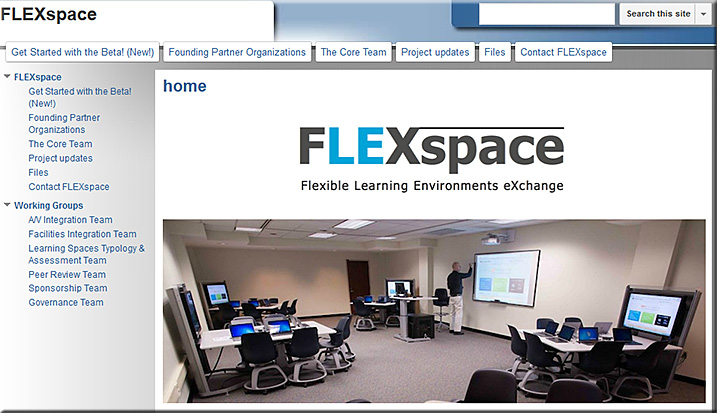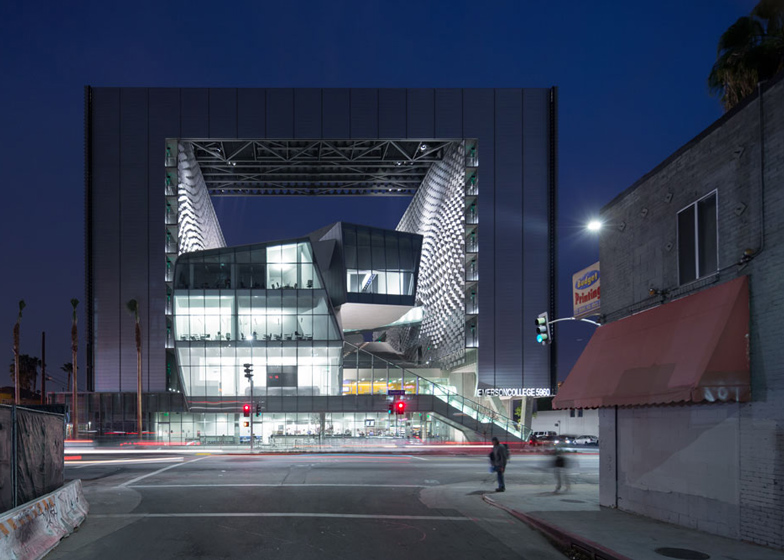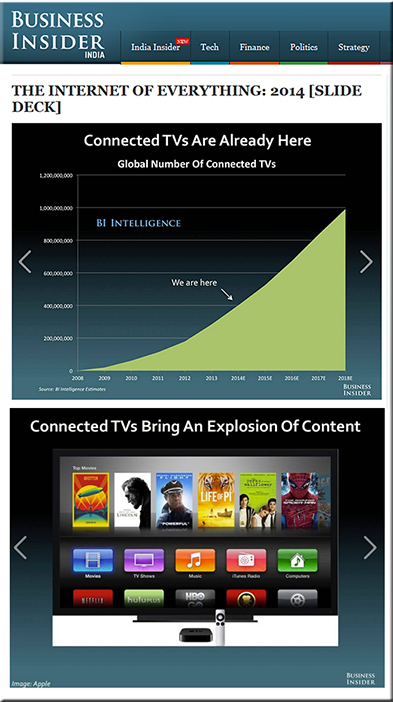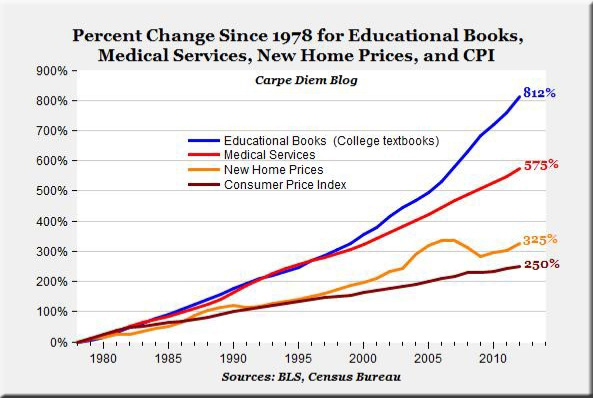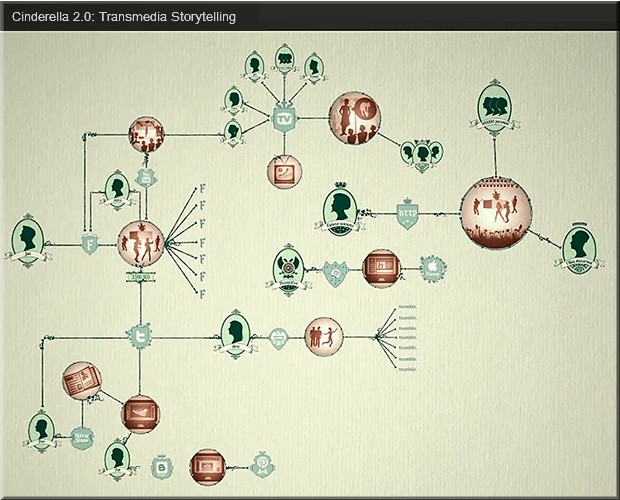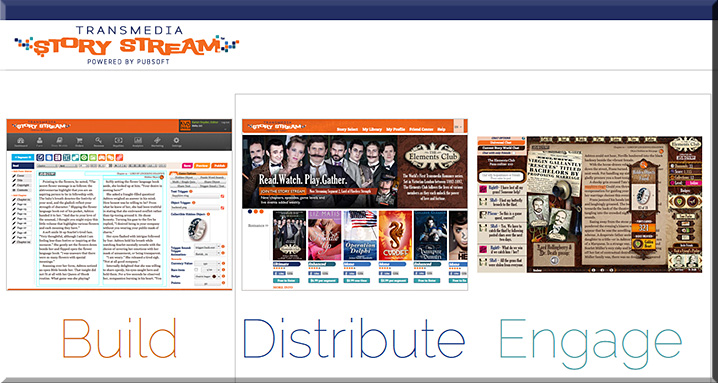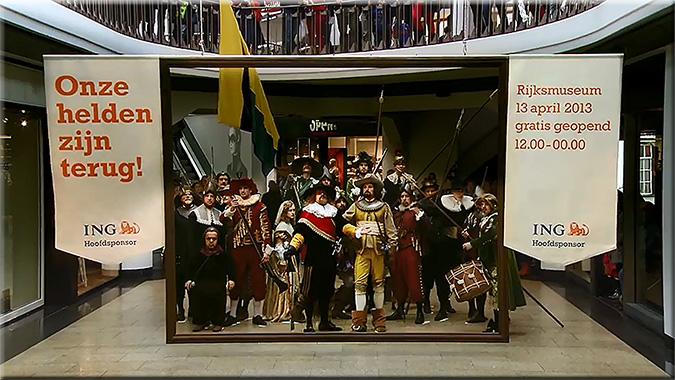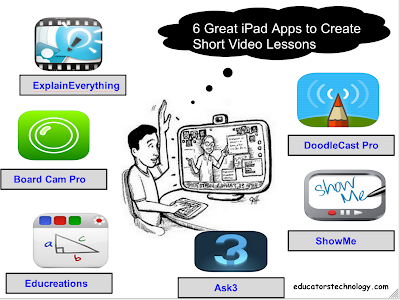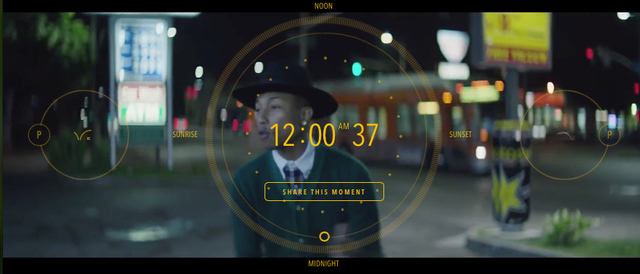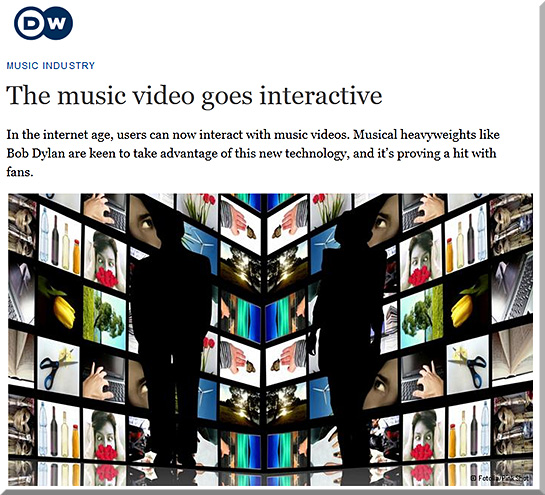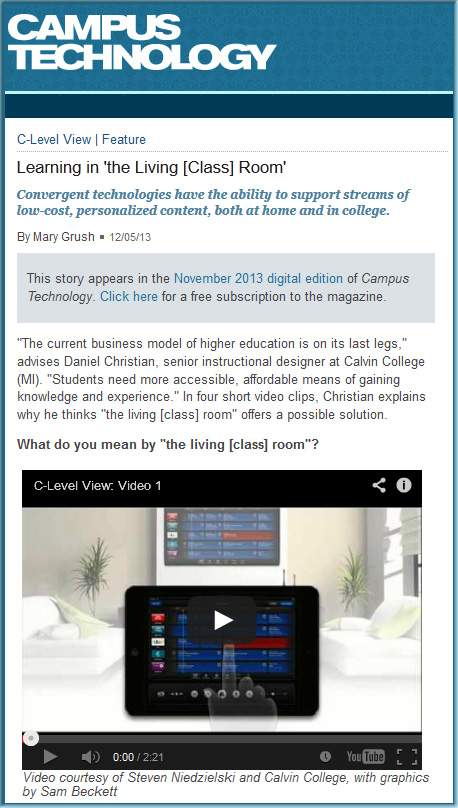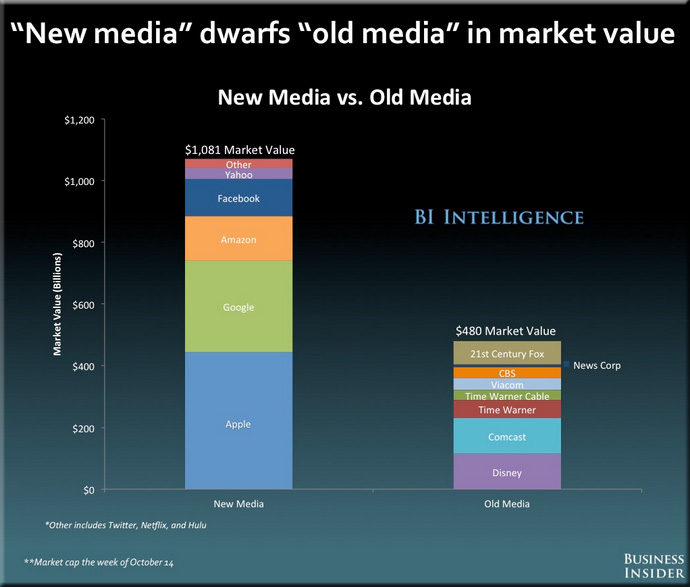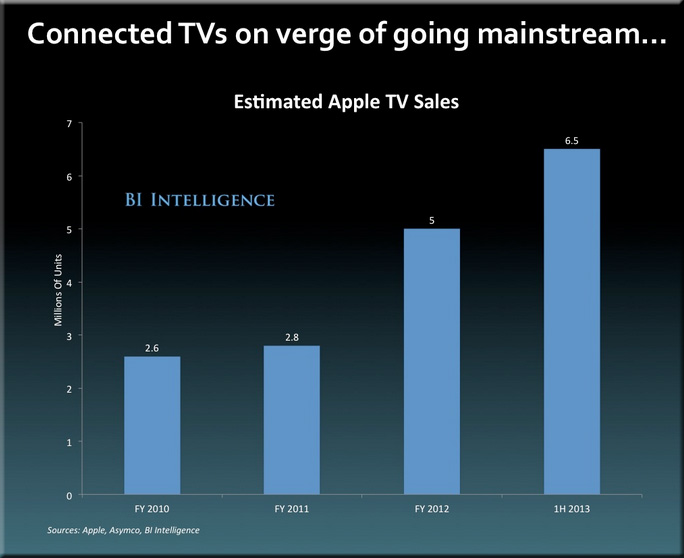Layar’s industry leading Augmented Reality app now available on Google Glass — from layar.com
Excerp:
AMSTERDAM, NEW YORK, TORONTO – March 19th, 2014 – Layar, the world’s number one provider of Augmented Reality (AR) and Interactive Print products and services, today announced the availability of its industry leading mobile app on Google Glass. Glass users can go to Layar.com/Glass to download the app and see instructions for how to install it. By just saying “Ok Glass, scan this,” users can easily experience any of the platform’s over 200,000 Interactive Print pages and 6,000 location-based Geo Layers.
With Interactive Print, static print content comes alive with videos, photo slideshows, links to buy and share and immersive 3D experiences. Glass users can now access Layar’s rapidly growing platform of Interactive Print campaigns, including magazines like Men’s Health, Inc. and Glamour, as well as newspapers, advertising, art and more. Geo Layers allow users to see location-based information – including points-of-interest like local real restate listings, geotagged media like nearby photos and tweets, 3D art and more – in an augmented, “heads up” view using the camera on the Glass device.
Excerpt of video:
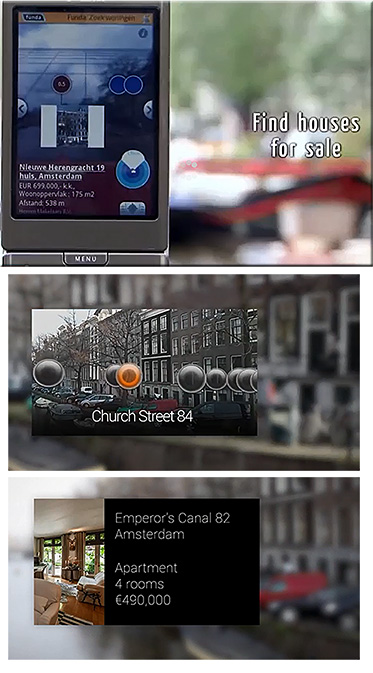
From DSC:
Using Layar’s Creator app, there could be numerous and creative applications of these technologies within the realm of education. For example, in a Chemistry class, one could have printouts of some of the types of equipment one would use in an experiment.
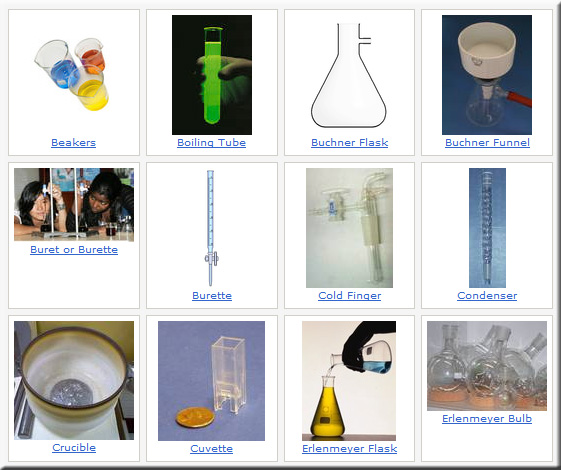
Looking at a particular piece of paper (and having loaded the app) would trigger a pop-up with that piece of equipment’s name, function, and/or other information as well as which step(s) of the experiment that you will be using that piece of equipment on.
Or, one could see instructions for how to put things together using this combination of tools. A set of printed directions could pop up a quick video for how to execute that step of the directions. (I sure could have used that sort of help in putting together our daughter’s crib I tell ya!)
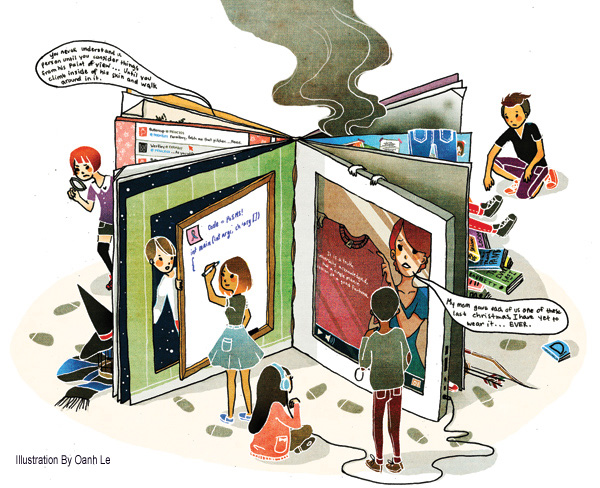












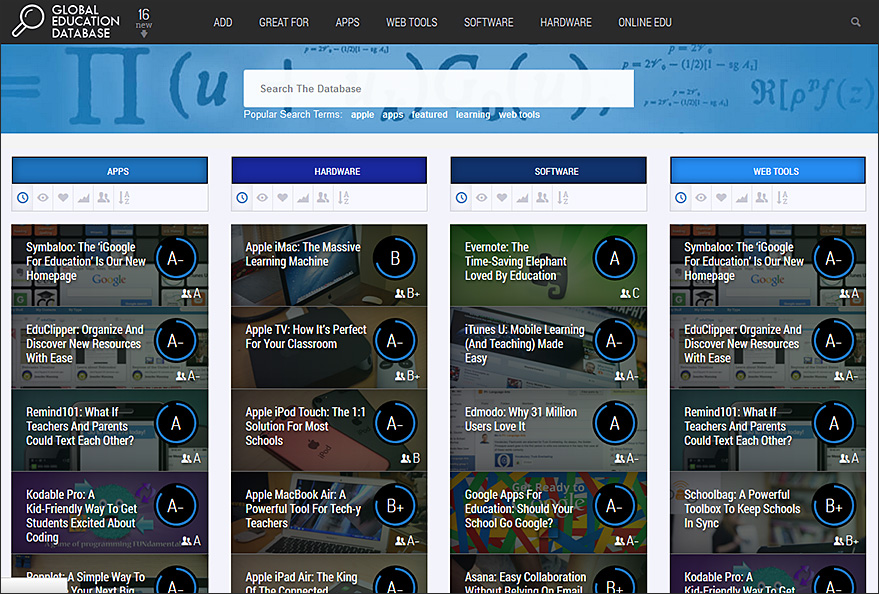


![The Living [Class] Room -- by Daniel Christian -- July 2012 -- a second device used in conjunction with a Smart/Connected TV](http://danielschristian.com/learning-ecosystems/wp-content/uploads/2012/07/The-Living-Class-Room-Daniel-S-Christian-July-2012.jpg)



